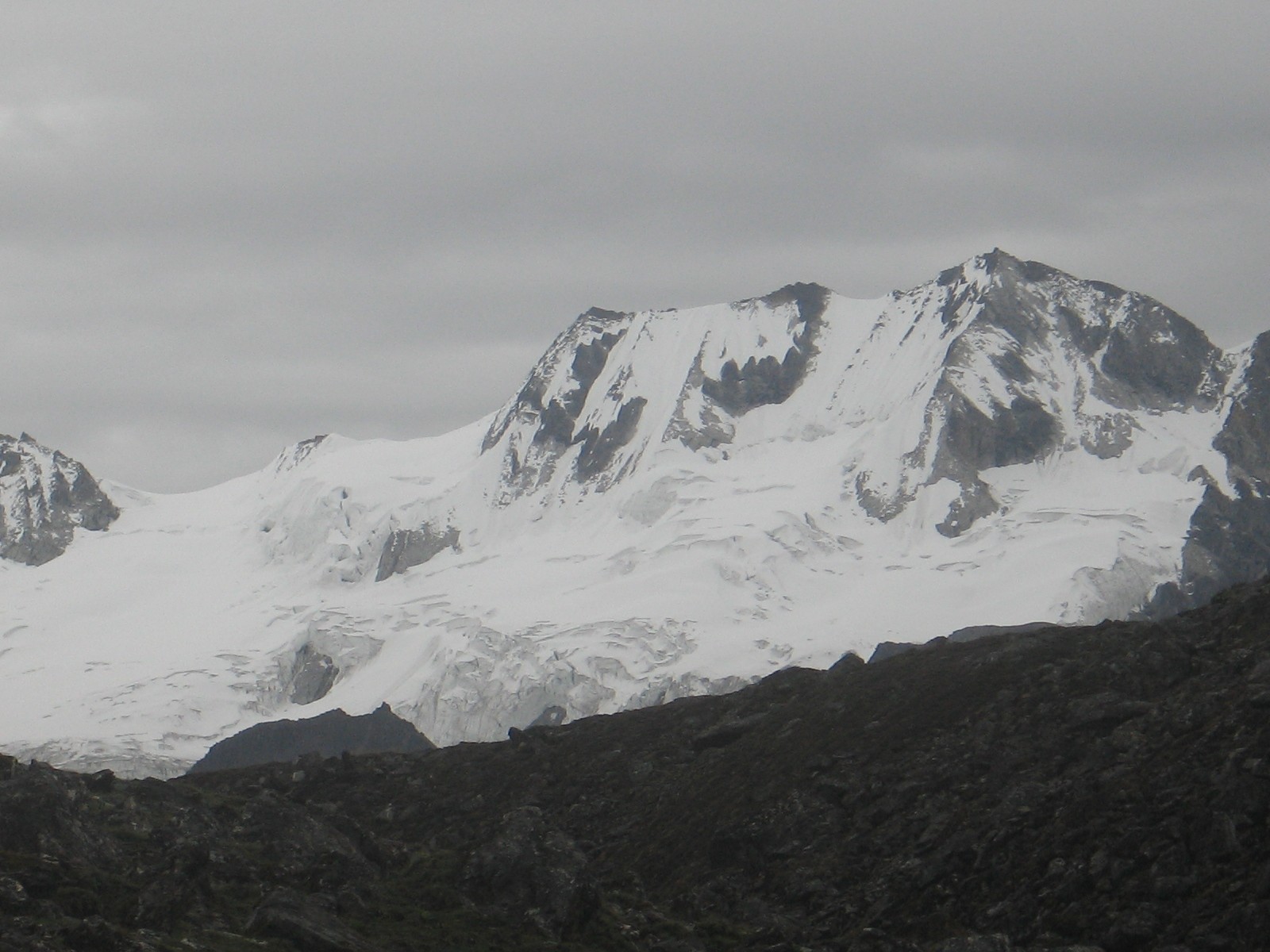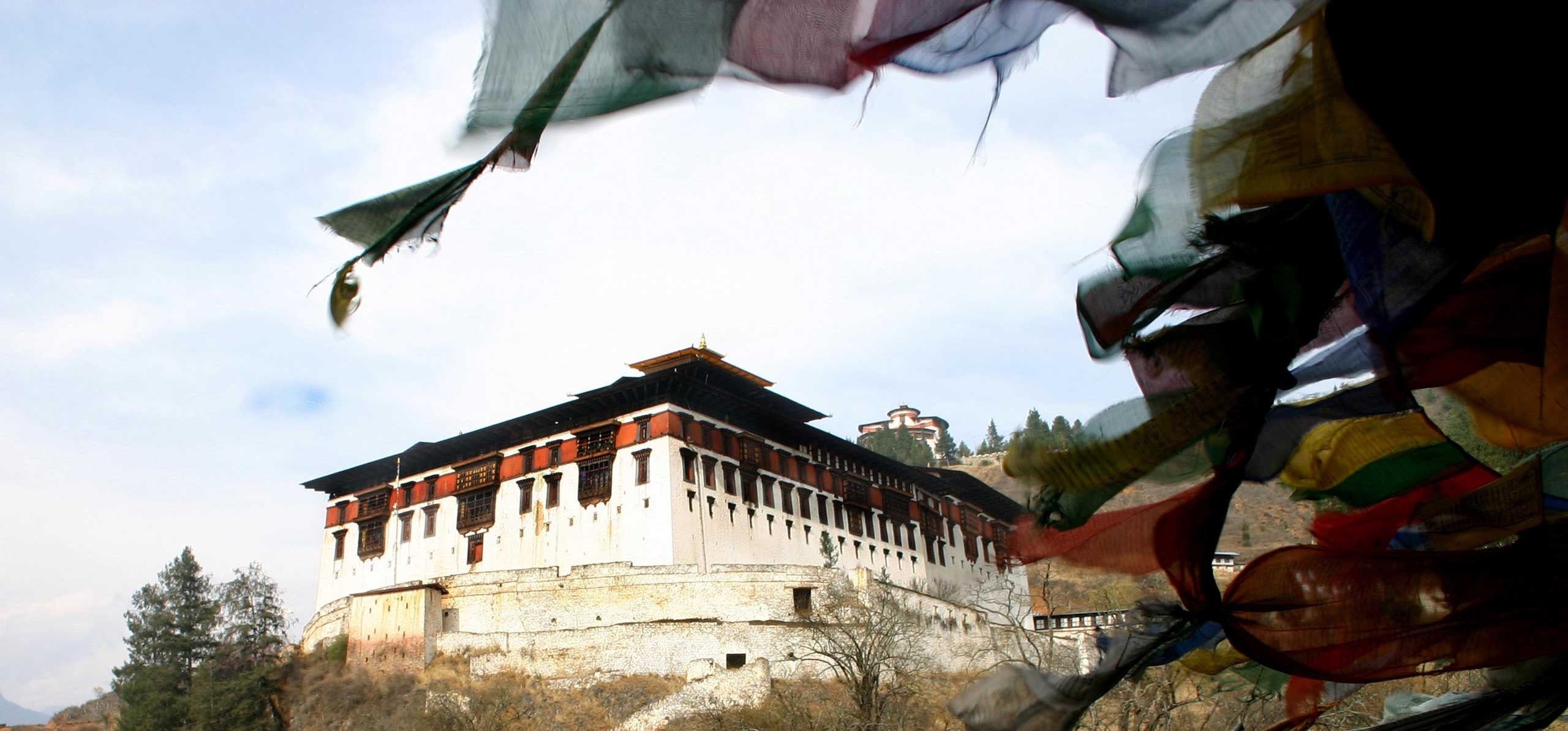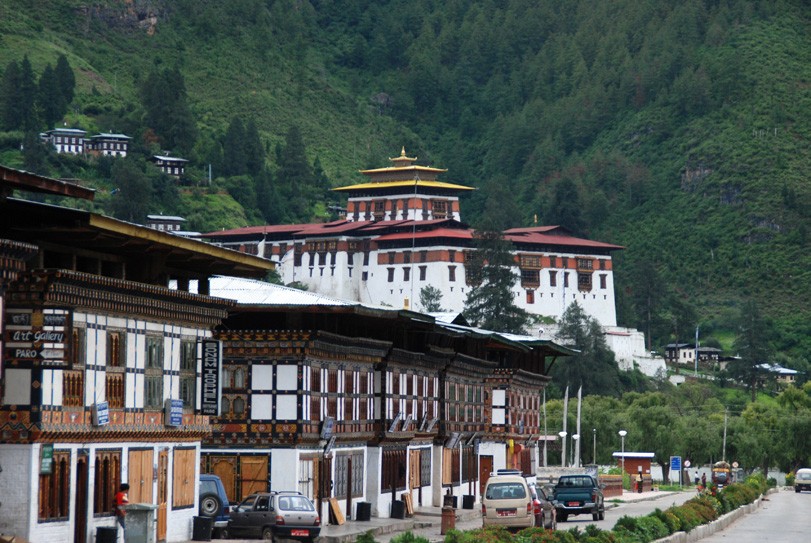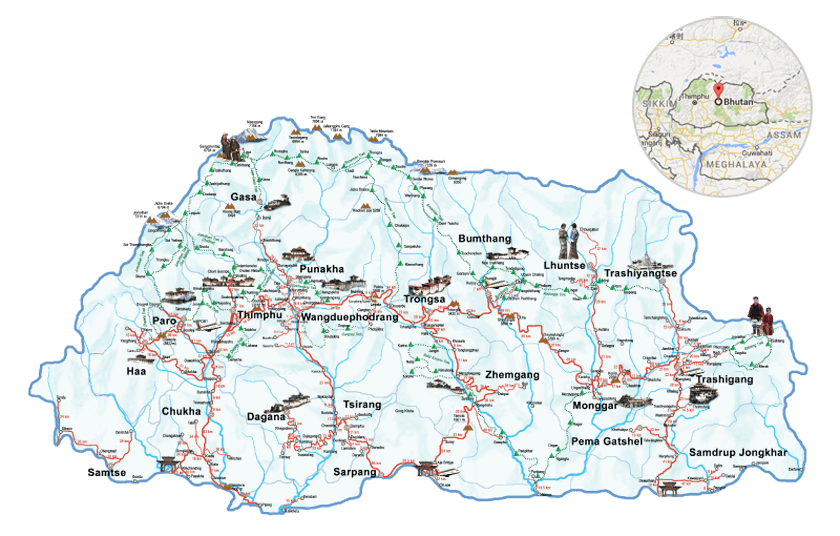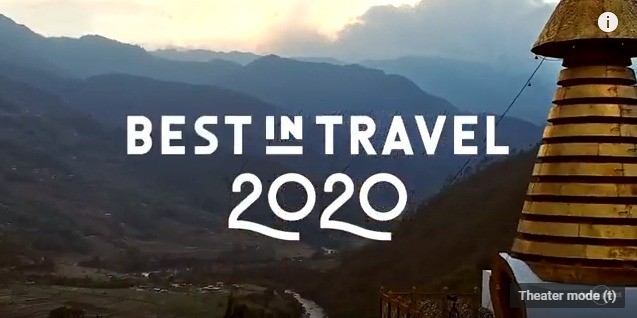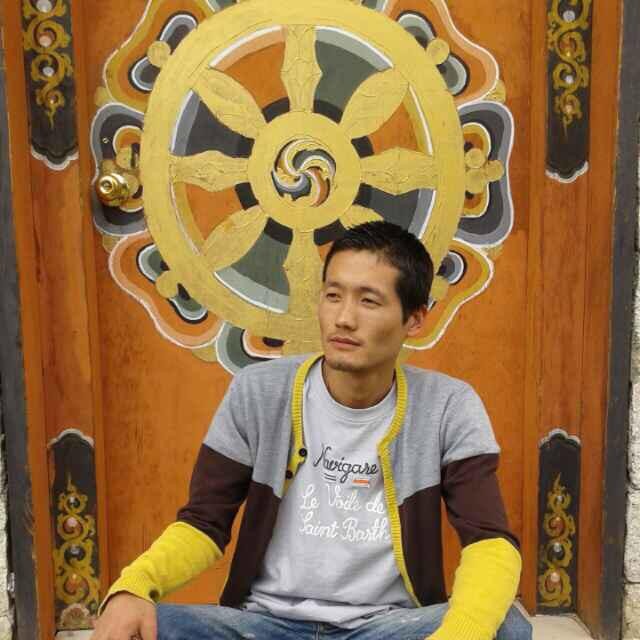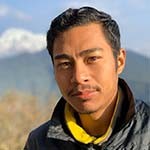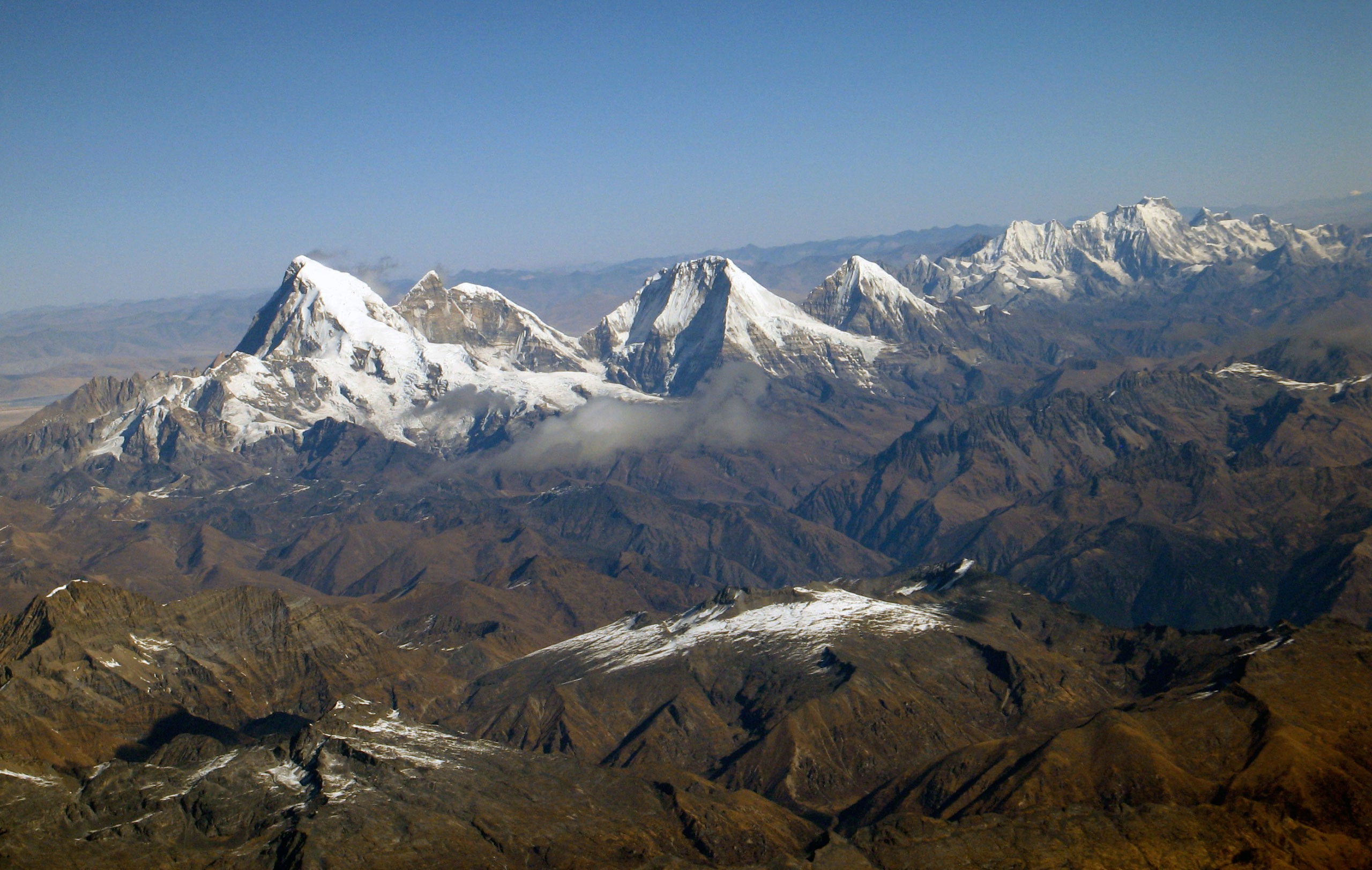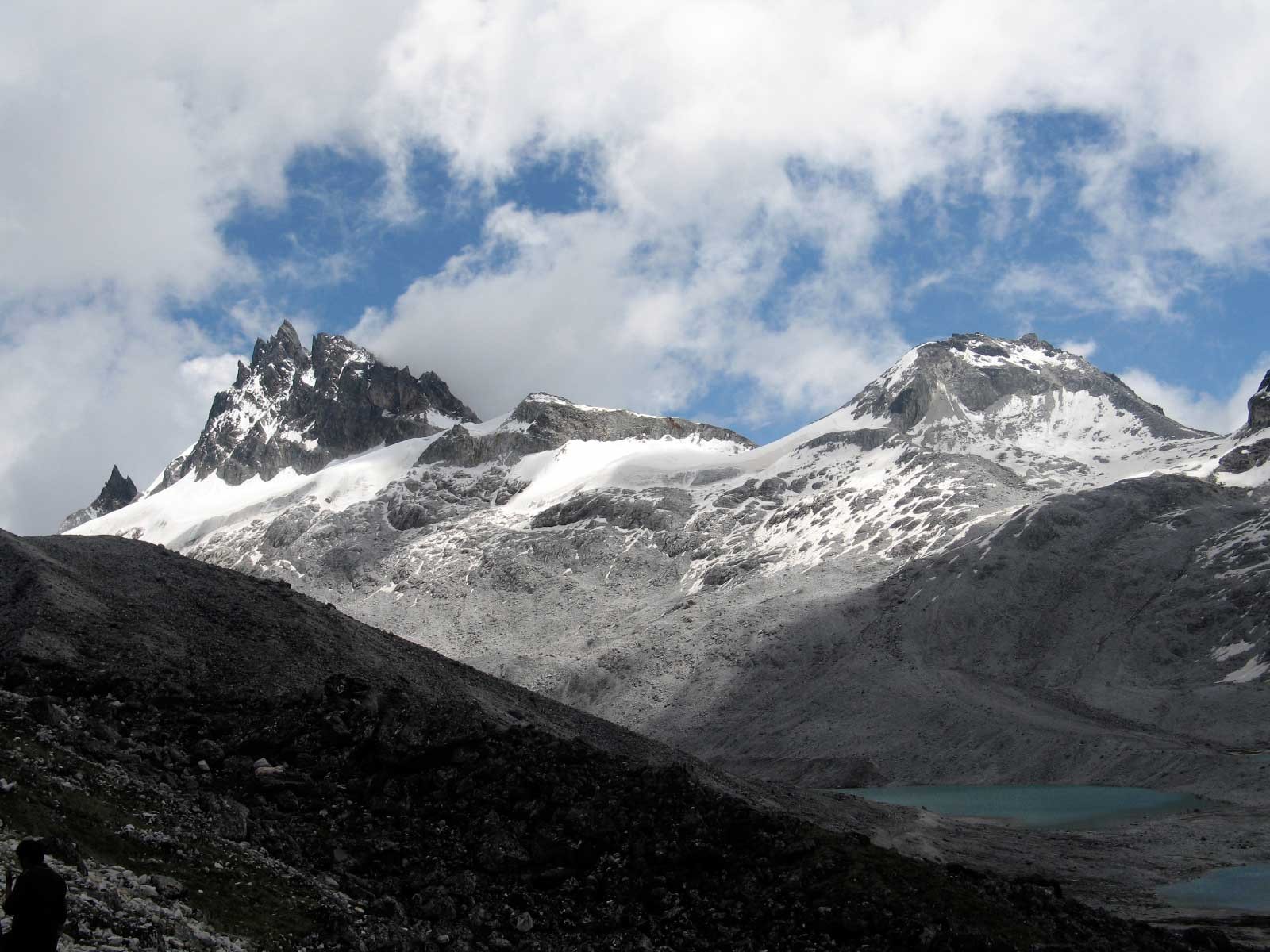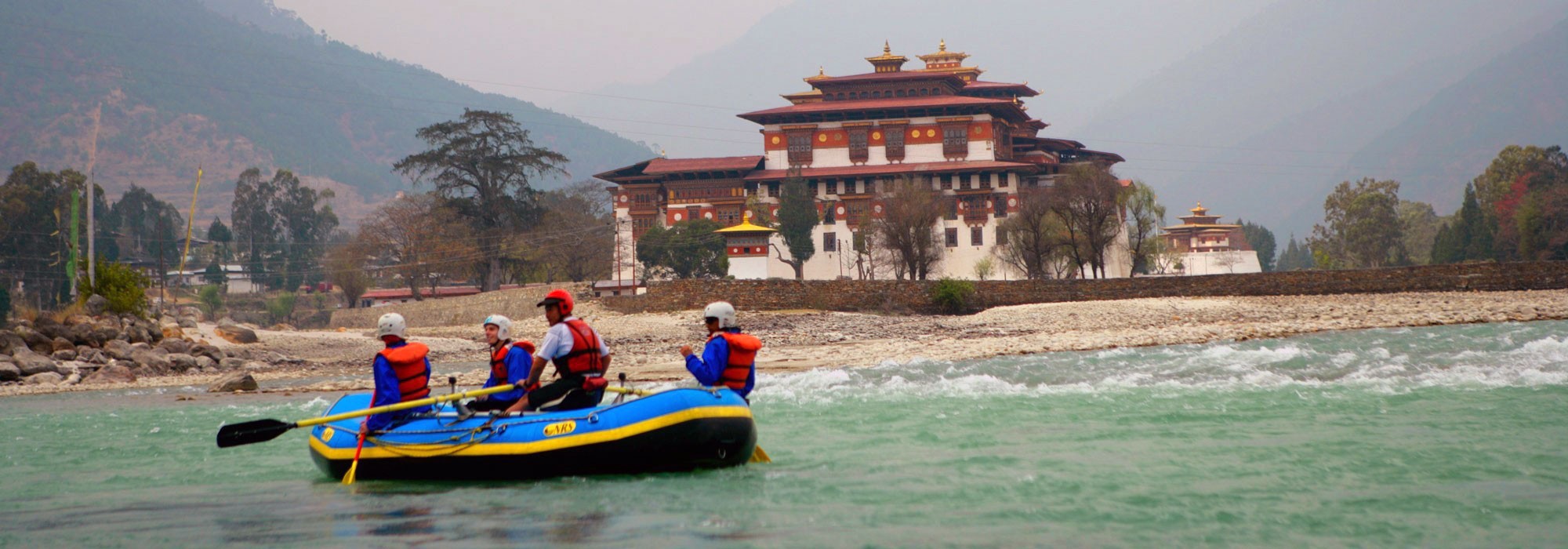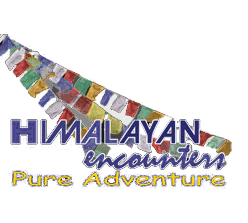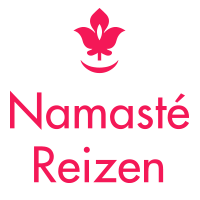Trip Overview
The Snowman trek is of legend. While it is renowned for its wild beauty, it’s a strenuous and remote undertaking. You’ll pass Bhutan’s graceful, second highest mountain Chomolhari, meet Layaps and Lunaps, isolated semi-nomadic yak herders, recognisable for their unique head wear, and otherwise become fully acquainted with life in the untouched Bhutanese Himalayan range which few outsiders ever get to see.
TRIP HIGHLIGHTS
-
Spectacular view of Mountains
-
Drugyel Dzong
-
Wonderful view of river valley
-
Source of the Pa Chu
-
Tsherimgang and its descending glaciers
-
Herds of Takin
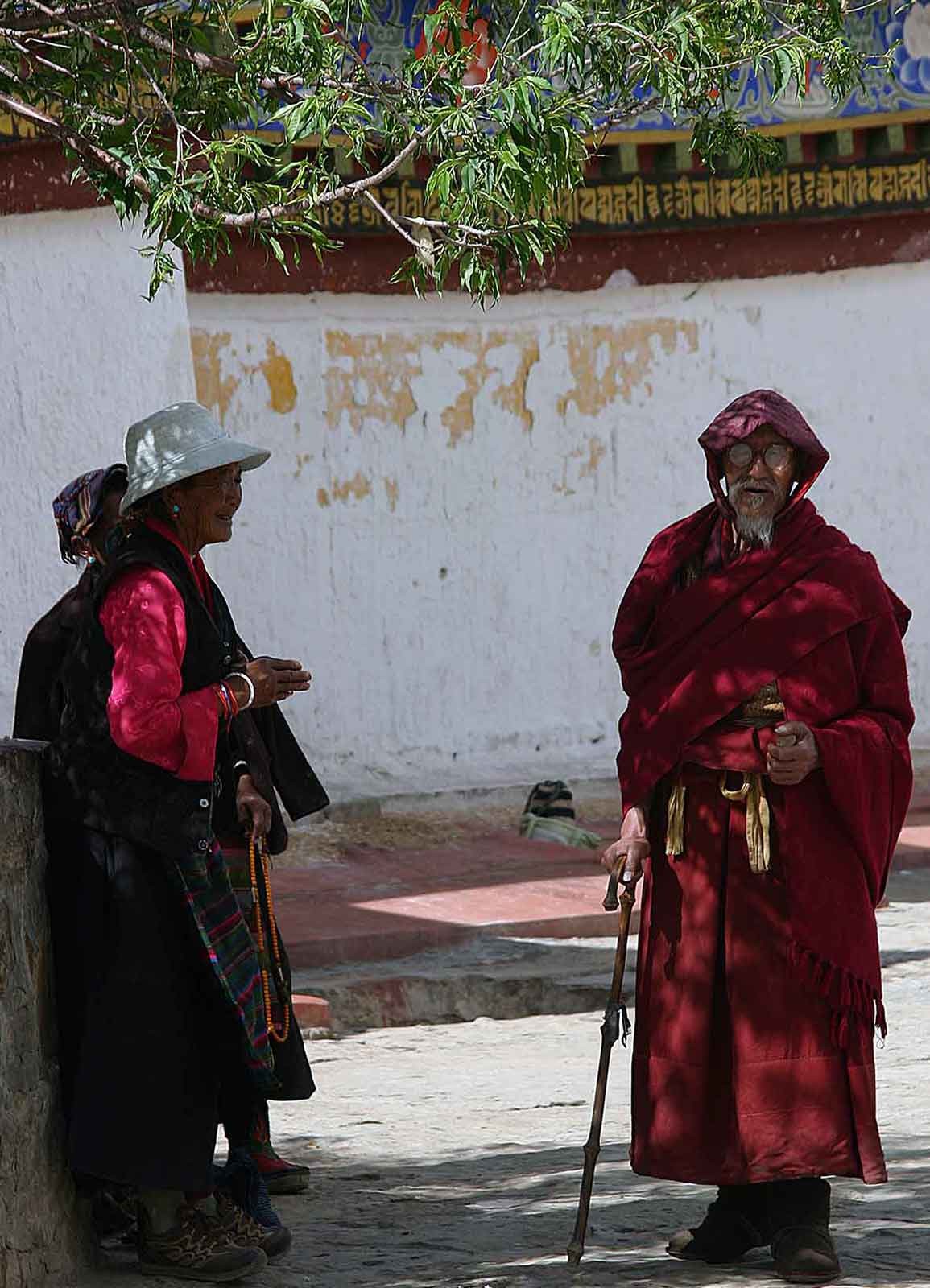
Itineraty Outline
-
Day 1: Arrive Paro by Druk Air Flight
-
Day 2: Paro Sightseeing
-
Day 3: Paro – Shana
-
Day 4: Shana – Soi Thangthankha
-
Day 5: Soi Thangtahnkha – Jangothang
-
Day 6: Jangothang halt
-
Day 7: Jangothang – Lingshi
-
Day 8: Lingshi – Chebisa
-
Day 9: Chebisa – Shomuthang
-
Day 10: Shomuthang – Robluthang
-
Day 11: Robluthang – Lemi Thang
-
Day 12: Lemithang – Laya
